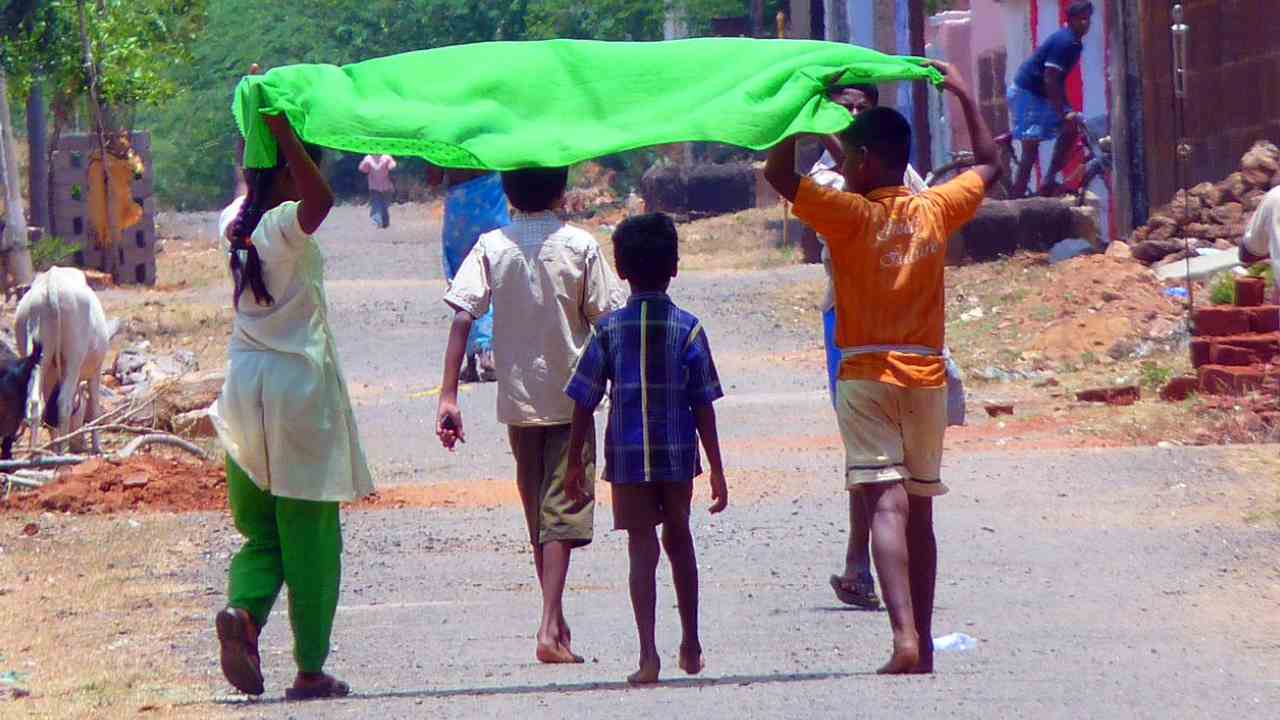After abnormal rains in the month of March, which adversely impacted wheat harvest, large parts of India are in a grip of intense heatwave. The Indian Meteorological Department (IMD) issued a long-term heatwave warning on Monday as average temperatures shot up above normal in large parts of India, including Punjab, Haryana, Chandigarh, Delhi, Bihar, West Bengal, Sikkim, Odisha and coastal Andhra Pradesh.
The IMD forecast predicts that maximum temperatures will range between 40o to 42o Celsius in the entire north-western plains, central, eastern, and north-eastern parts of India. The heat index is expected to rise as hot winds sweep through the plains of north and north-western India, creating heatwave like conditions and increasing chances of heatstroke.
Despite high temperatures marking this summer, the IMD has predicted normal south-west monsoon. However, the effect of the prevailing El Nina conditions over the Pacific on the Indian Summer Monsoon remains to be seen.
At the same time, researchers from the University of Hyderabad have discovered that summers with above normal temperatures have lengthened over a period of time. This is in line with various predictive models that forecast longer periods of intense heat and shorter cooler periods during the winters. According to a report published in The Hindu, “The study led by Master of Science in Ocean and Atmospheric Sciences, 2020-2022 batch student Aninda Bhattacharya showed that heat waves have become more common in summer in the recent decade while cold waves have less so common in winter in India.”
The IMD also pointed out that indications of a build-up western disturbances might bring some from the rising temperatures and heatwave after four or five days.
Health experts have warned people to avoid any outdoor activity during periods of peak temperatures and remain well hydrated. Earlier, weather experts have warned that this year parts of India will experience very high temperatures, leading to “wet blub” effect.


























